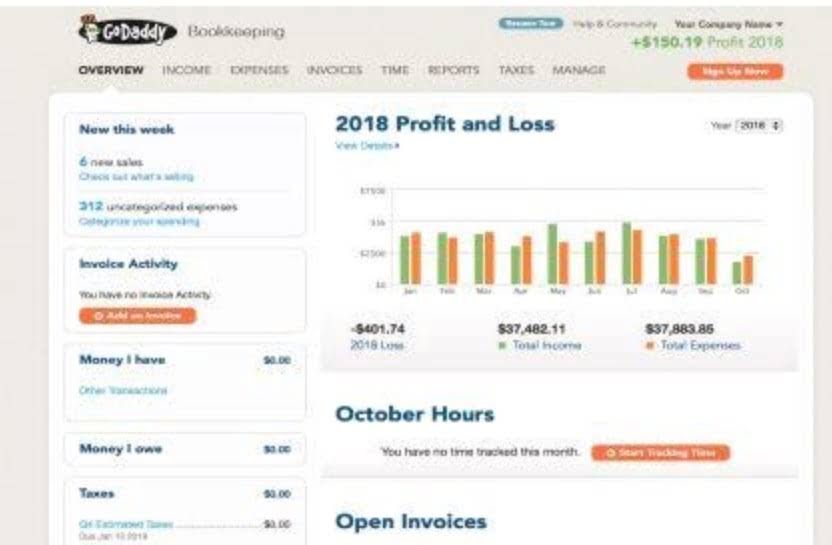
Smith & Howard PC is a licensed independent CPA firm that provides attest services to its clients, and Smith & Howard Advisory LLC and its subsidiary entities provide tax and business consulting services to their clients. Smith & Howard Advisory, LLC and its subsidiary entities are not licensed CPA firms. The entities falling under the Smith & Howard brand are independently owned and are not liable for the services provided by any other entity providing services under the Smith & Howard brand. Our use of the terms “our firm” and “we” and “us” and terms of similar import, denote the alternative practice structure conducted by Smith & Howard PC and Smith & Howard Advisory LLC. Nonprofit organizations should ensure they have the required internal governance infrastructure to track each item in their collection. Many arts and culture nonprofits have significant collections of artwork, historical artifacts, and other collectible items that are held for public display.
FASB 958 nonprofit accounting: Conditional and restricted donations explained

Embedded leases, where a contract has both lease and non-lease components, will need to be identified. Because of the various differences between for-profit commercial entities and not-for-profit entities (NFP), FASB uses Accounting Standards Codification (ASC) Topic 958, Not-for-Profit Entities, to cover the standards that are unique to NFPs. Delta Council coordinates fundraising and other activities with NFPs with similar missions and objectives. During the year ending December 31, 2019, the council receives proceeds of $3.2 million from gala participants and incurs expenses of $700,000. Bravo Corporation (Bravo), QuickBooks ProAdvisor a manufacturer of industrial products, pledged $750,000 for the event.
Insights into the practical effects on CECL by FASB ASU 2025-05

You need to apply your judgment to assess whether your free asset received is material enough to bother. The presence of one of these indicators does not automatically prove that the impairment has occurred. For example, the alternative use of capital asset could have the same value as its original use. The presence of an indicator, however, does put management on notice that it needs to consider the possibility that an impairment may have occurred. (4) Compare the currently reported accumulated depreciation to the amount calculated under the new depreciation schedule. Costs that represent betterments, such as those that increase service capacity or efficiency should be capitalized.

Nonprofit Income Accounts Part 3: In-Kind Donations
Timely recognition of donations helps maintain the integrity of financial records and supports strategic planning and decision-making. The new Accounting Standards Update (ASU) requires a not-for-profit to present contributed nonfinancial assets as a separate line item in the statement of activities, apart from contributions of cash or other financial assets. The standard also requires a not-for-profit to disclose contributed nonfinancial assets recognized within the statement of activities, disaggregated by category that depicts the type of nonfinancial assets. The Generally Accepted Accounting Principles (GAAP) dictate that nonprofits record in-kind donations at their fair value on the date of receipt.
- This practice results in accelerated depreciation and the overall building asset may be fully depreciated but still in use.
- Not-for-profits that receive contributed services must describe the programs or activities for which those services were used.
- It’s important to make sure that this is appropriately traced to avoid any issues during a future audit.
- The organization should record the revenue for the cost of services received in the same period as well.
- Both parties may be governments or one party may be a nongovernmental entity, including an individual.
- However, the depreciation of donated fixed assets reduces net income and lowers the book value of the asset over time.
- So, even if you received your grant from IMF, EU, WHO or similar organizations, you need to follow IAS 20.
OBBBA’s Impact on Nonprofits
Future trends may include increased use of technology, greater emphasis on transparency and accountability, and evolving regulatory requirements. Conditional contributions depend on specific conditions being met, while unconditional contributions are given without any stipulations and can be used immediately. Initial recording procedures involve documenting the donation’s details, such as the donor’s information, donation amount or value, and any restrictions or conditions. To value these services, organizations generally take the number of volunteer hours provided and multiply by the minimum wage in the locality in which the services are provided.

- These benefits encompass enhanced financial management, improved stakeholder relationships, and strengthened organizational credibility.
- Although contributed services of any kind are important to nonprofits, only specific services can be recognized in GAAP financial statements.
- In contribution accounting for nonprofits, it is essential to ensure accurate recording and recognition of donations.
- By implementing these principles, organizations can strengthen their financial integrity and ensure that contributions are utilized effectively.
- They are, however, invaluable in ensuring your organization has sufficient levels of insurance and also demonstrate a commitment to internal governance.
Your nonprofit organization may receive contributions in the form of nonfinancial assets, which are goods and services received at no cost or below market cost, or other what are retained earnings noncash donations. Common examples of nonfinancial assets include items such as food, clothing, supplies, furniture and equipment as well as professional services or facilities. Generally Accepted Accounting Principles (GAAP) requires that a nonprofit record donated nonfinancial assets on the financial statements. It has been two years since the Financial Accounting Standards Board (FASB) issued new requirements for how not-for-profit organizations should recognize a donation on a balance sheet.
Construction in progress is a non-depreciable capital asset since the asset’s useful life has not yet begun. Assets transferred between governments that qualify as a transfer of operations (such as with annexations) should be accounted for and valued consistent with guidance in GASB Cod. For example, the transfer of assets relating to an annexation should be recorded at the carrying value of the transferor (the government giving up the assets). While assets may be jointly acquired, constructed or used, an asset can only be asserted to be owned by one government and therefore may only be reported as such on one set of financial statements. Generally, the government that gaap accounting for donated assets owns the asset and holds the title determines who should report the asset even if used or paid for by someone else.
